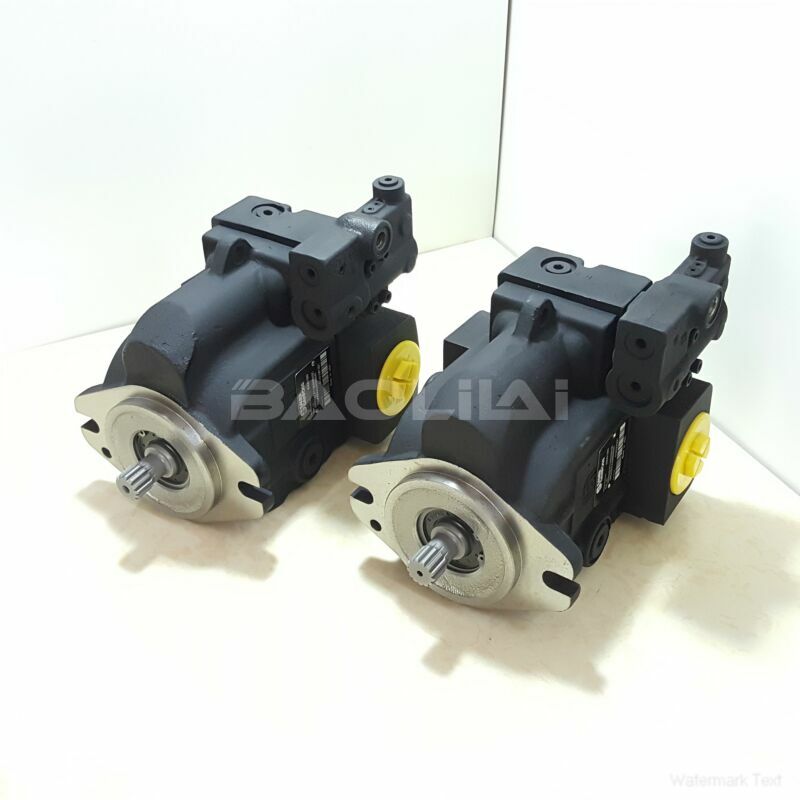LRL030DLS2120NNN3C2AGA6NPLBNNNNNN piston pump
LRL030DLS2120NNN3C2AGA6NPLBNNNNNN piston pump

- Product Details
- Applicable Scene
In the ever-evolving landscape of agriculture, efficient irrigation systems play a critical role in ensuring optimal crop production and water conservation. Danfoss hydraulic pumps have emerged as a reliable choice for many farmers and agricultural engineers looking to enhance their irrigation setups. These pumps offer a combination of robust performance, energy efficiency, and adaptability, making them invaluable in the agricultural sector.
LR-L-030D-LS-21-20-NN-N-3-C2AG-A6N-PLB-NNN-NNN
LRL030DLS2120NNN3C2AGA6NPLBNNNNNN
Danfoss hydraulic pumps utilize advanced technology to meet the diverse needs of modern irrigation systems. One of the key advantages of these pumps is their ability to handle a wide range of flow rates and pressures, which allows them to be integrated into various irrigation setups, including drip, sprinkler, and surface irrigation systems. By delivering water precisely where and when it is needed, these pumps help optimize water usage and improve overall agricultural productivity.

7005611
Energy efficiency is a significant concern in agricultural operations, and Danfoss hydraulic pumps are designed with this in mind. They incorporate features such as variable speed drives that adjust the pump’s output based on real-time water demand. This capability not only reduces energy consumption but also lowers operating costs for farmers, making irrigation more sustainable financially. Additionally, the durability of Danfoss pumps minimizes the need for frequent replacements, further contributing to operational efficiency.
Another vital aspect of Danfoss hydraulic pumps is their versatility in application. These pumps can be used in various settings, from large-scale commercial farms to smaller family-owned operations. Their modular design allows for easy integration with existing systems or adaptation to new irrigation layouts. This flexibility is essential for farmers looking to scale their operations or adapt to changing environmental conditions, such as varying water availability or climate changes.





